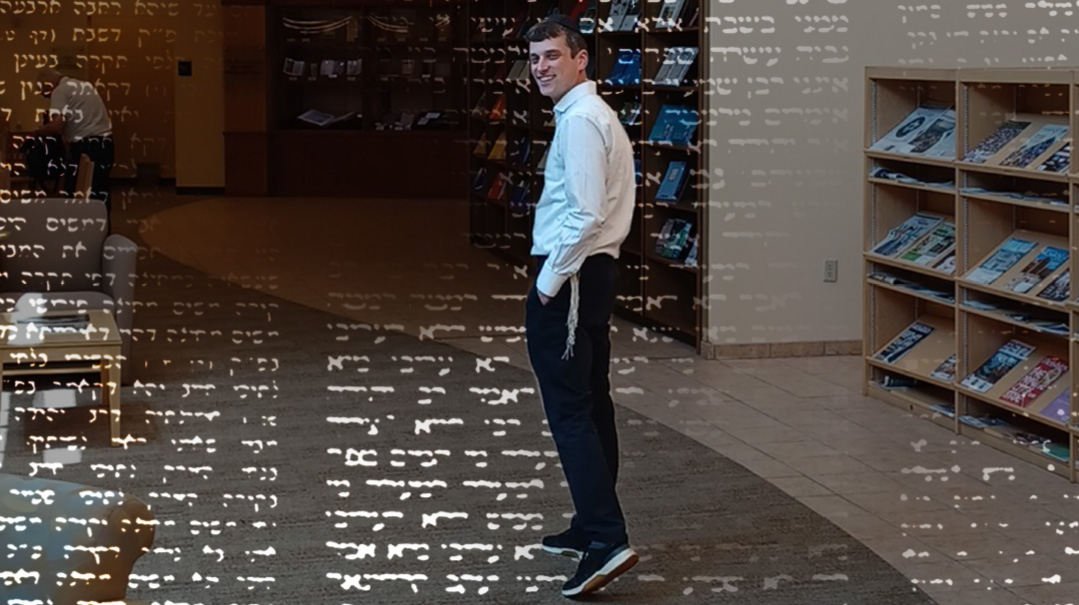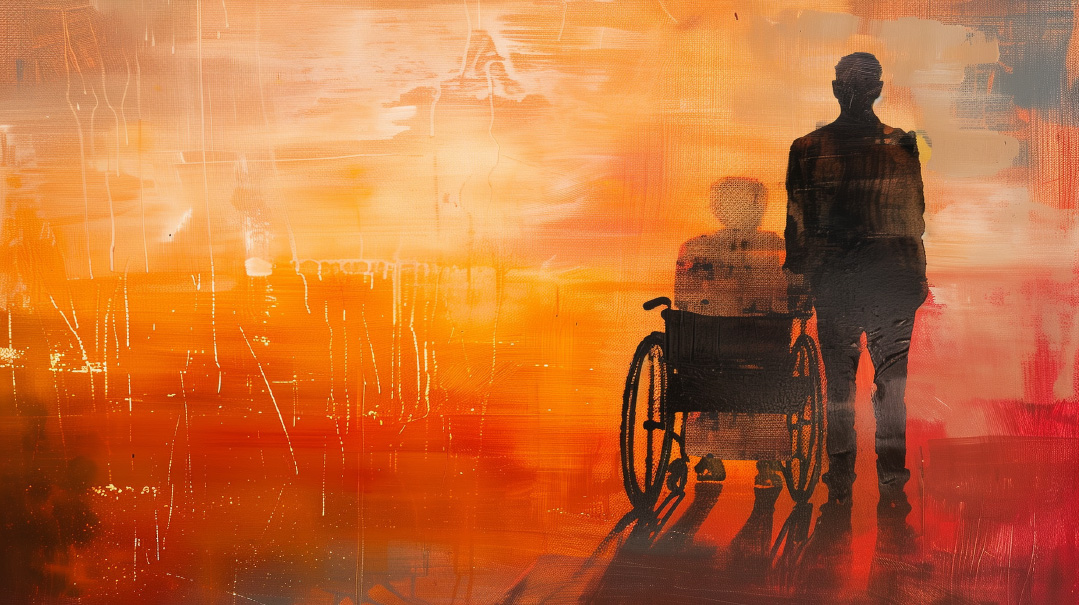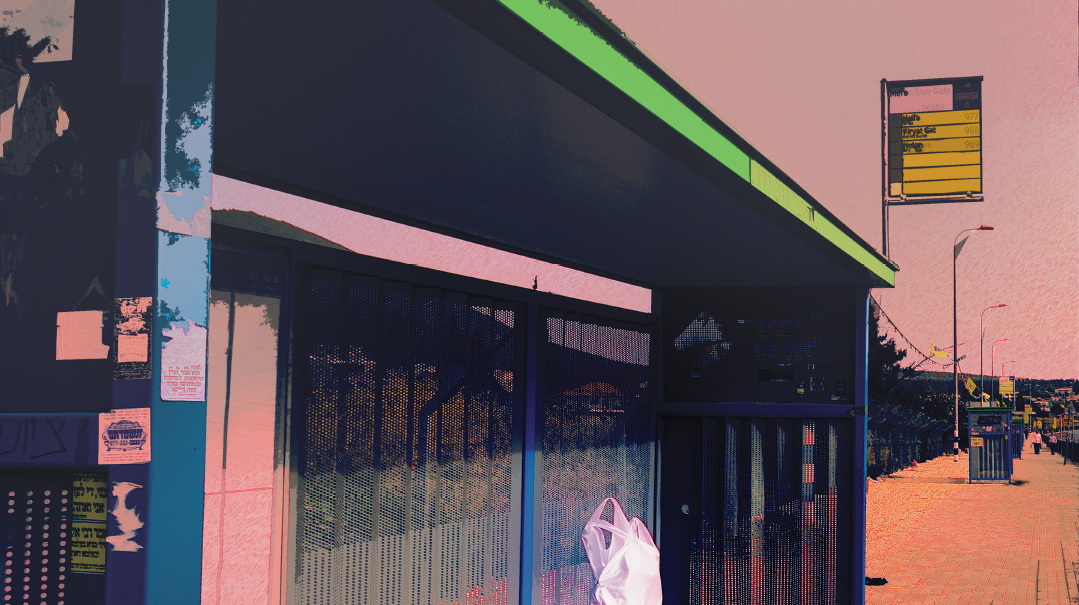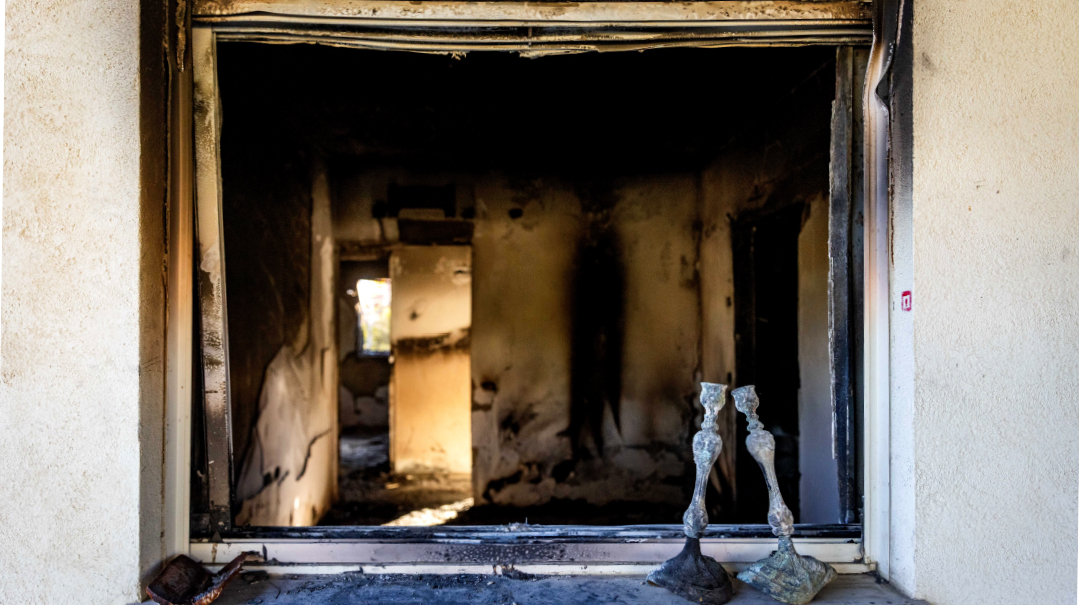We Can Do Hard Things
| July 12, 2022Living the life you want to live and being the person you want to be demands hard work, I reminded myself

I
recently read about a woman, a teacher by profession, whose life was in shambles. She was steeped in addiction, engaged in impulsive and dangerous behaviors, and felt a self-loathing so all-consuming that she couldn’t get out of her own way to consider her behavior. After one particularly destructive evening, she had a moment of clarity when she realized she needed to get a grip on herself. And over the next several weeks, she painfully transitioned from using self-harming behaviors to shield herself from painful feelings to experiencing them in all of their awful glory.
In recounting her journey, one of the things the teacher credited for her sustained recovery was a sign that she saw every day. Each day she would walk her third-grade class out to recess, and she’d deliberately walk them the longer way out in order to pass a colleague’s classroom. Her fellow teacher had a sign hanging on her wall that read, “We Can Do Hard Things.” The teacher drew inspiration from the poster, recognizing that this was a message she needed to internalize for a successful recovery.
Recovery doesn’t mean that life is easier. It means that we recognize our strength as human beings, and that come what may, we can surmount those challenges.
There is a curious misunderstanding that many have about psychotherapy: They assume that clients in therapy are looking for validation for why they can’t do better. This is patently false. I do not recall, at any point in my career, someone looking to me for this sort of validation. What I find rather is that the shame and guilt people feel about their struggles lead them to believe they aren’t capable of more. Even professionals who are literally experts in complex fields aren’t immune to this kind of subjective thinking. In therapy, when we challenge these mistaken beliefs, clients learn they are capable of so much more than they thought they were.
I’ll admit that being a therapist is often not easy. Being present with a patient who is resistant or hearing the traumas that people have come to work through is hard, and I’m often asked how I do what I do. I respond that I do exactly what I am asking my patients to do, and I have the same results, in my life and practice, that I preach they will. We model for our clients that doing hard things is rewarding.
IN October 2003 my wife and I and our newborn son moved from Jerusalem to a town about 30 minutes away. We found ourselves a nice, small apartment and settled in. One evening, a few weeks after we moved in, there was a knock at our door. It was our downstairs neighbor, an American Israeli who spoke almost perfect English.
“Hi, Reb Binyomin,” he said. “The rabbi would like to meet with you now. Are you available?”
“Now?” I responded, feeling confused.
“Yes, if you’re available,” he repeated.
With my wife’s permission, I walked across the street to the rabbi’s apartment.
The rabbi, a man in his mid to late forties, had a kind face and a long, raven-black beard. He welcomed me in Hebrew, gesturing to the chair next to him and offering me a drink.
His kind manner notwithstanding, I was quite anxious, and waited nervously to hear the reason for his summons. He got straight to the point and explained to me that the family that owned my apartment lived in a small town in the north of the country, where they had joined an outreach kollel. Unfortunately, the couple weren’t managing to take care of their children properly, and the welfare department had gotten involved. Since they had no family in that area of the country, the social workers suggested that the children be fostered by local families in that northern city, many of whom were completely secular. The community in the town we lived in now had been dismayed to hear that these children would be living in irreligious homes. Someone had come up with a plan wherein the family would move back to the town, live in our apartment, and receive the necessary community support they needed to function.
I heard the rabbi out and was torn. While naturally I wanted to help out this family in need, the thought of moving again so soon was daunting. A relative of the family suggested we go to Bnei Brak and consult with Rav Aharon Leib Steinman, who was guiding this family.
I had plans to attend a family wedding in Bnei Brak the following week, so the family’s relative and I made up to go together to speak to the then 89-year-old venerable sage.
When we finally arrived at the Steinman home, they had just finished davening, and we were told to wait until the Rav was ready for us. To say his home was humble and modest would be the understatement of the century. I marveled at the complete lack of ostentation. Everything there was necessary.
After quite a long wait we were ushered into his room. The leader of the Torah world, with whom thousands of people consulted for the most important decisions in their lives, was sitting on a simple bed. Behind him, lying on its side, was a three-legged wooden stool, the top of which served as his back rest.
The Rav asked me several questions about myself and my family, and the family’s relative reviewed the particulars of the situation, although it was clear that Rav Steinman remembered the story.
After some discussion, the Rosh Yeshivah told me he thought that if the family would pay my moving expenses, and I could find a comparable apartment, then I should move. I was willing to accept his advice, but the relative interjected.
“But I need to ask the Rosh Yeshivah,” he said, “what about the tirchah [difficult effort]?”
I watched as a broad, warm smile spread across Rav Steinman’s face.
He then reached forward and slapped me on my knee. “I have been around a long time,” he said, “and I’ve found that doing the right thing often takes tirchah.”
This past January, my doctor sat me down to discuss some test results that were less than satisfactory. Genetically I’m at risk for a whole bunch of health complications, and to avoid these things, I would have to make significant lifestyle changes. This meant eating differently, getting more exercise, and losing a significant percentage of weight. I have a busy life, so all of this was going to be very difficult.
At the doctor’s suggestion, I made an appointment with a dietitian to determine how painful this was going to be. I went on vacation the week before with my family, feeling like every meal I was having was a form of pre-execution cuisine. Indeed, it was intense. As of January 28, my diet is pretty different. I won’t bore you with the details, but the adjustment wasn’t simple. Next came exercise: I now walk several miles two to three times a week, very rarely enjoying it.
It was during one of these four-mile walks that Rav Steinman’s words came to mind. Walking up a grueling hill near my office, I was getting fairly aggravated, thinking about all of my friends who don’t have to do this, who can eat what they want without worrying about the impact of their choices on their lifespans. As I crested this hill, however, I realized that this was the quintessential example of Rav Steinman’s lesson. I had sweat running down my face; the exercise was clearly tirchah. Just as clearly, though, it was the right thing to do.
“We can do hard things.” Living the life you want to live and being the person you want to be demands hard work, I reminded myself, with Rav Steinman’s words echoing in my ears: “I’ve found that doing the right thing often takes tirchah.”
Binyomin Yudin LISW-S is a psychotherapist in private practice and a lecturer in Cincinnati, Ohio.
(Originally featured in Mishpacha, Issue 919)
Oops! We could not locate your form.







